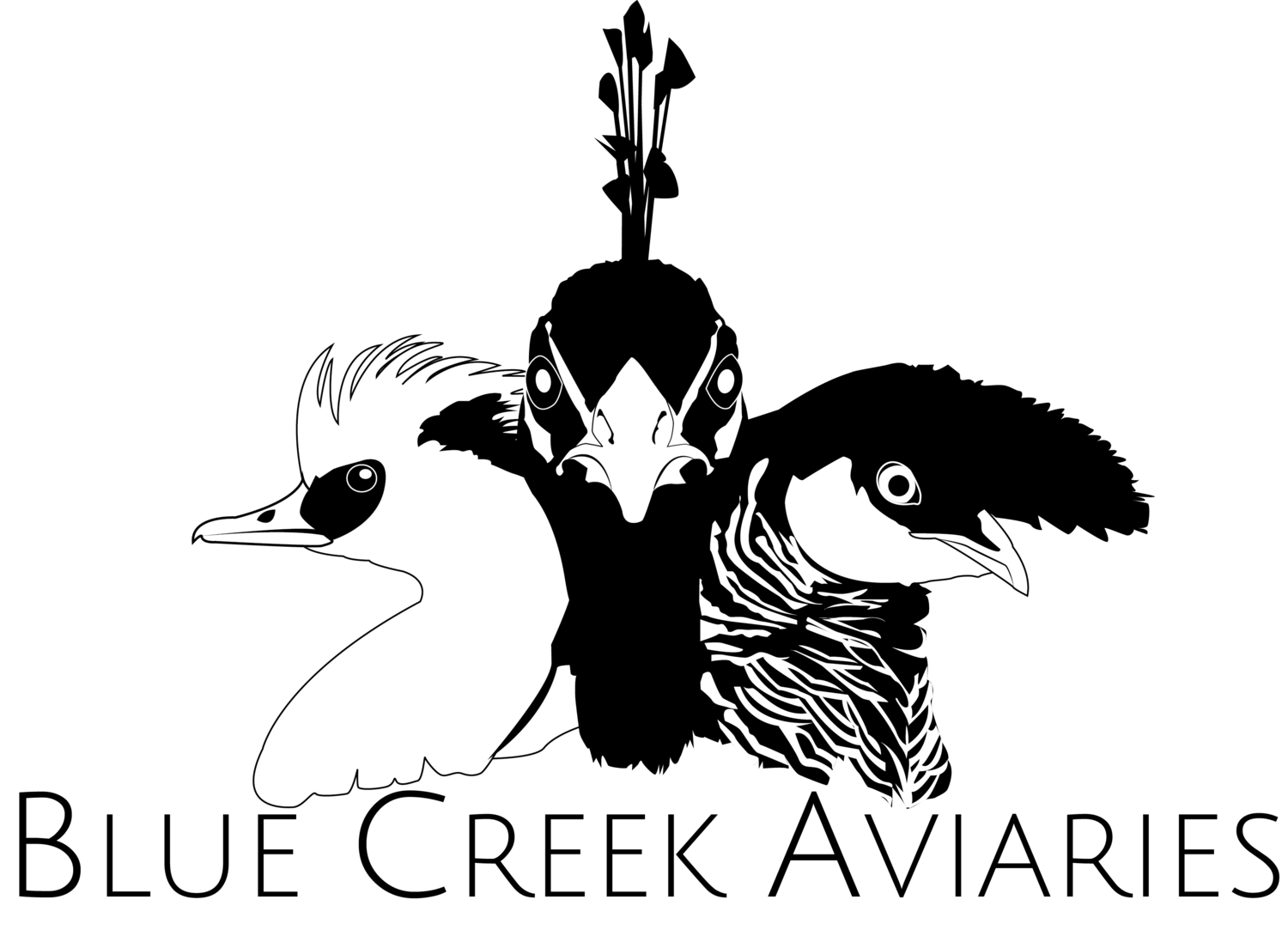Mandarin Duck
Mandarin ducks (Aix galericulata), native to eastern Russia, China, Korea, and Japan, are considered to have the most ornate plumage of all ducks. They are a medium-sized perching duck, and they are similar in many aspects to their North American counterpart, the wood duck. Mandarin ducks are classified as Least Concern by the IUCN. Mandarin ducks have an important cultural aspect in oriental art especially, as they are considered a symbol of fidelity, owing to their pair bonds. The males of this species have a reddish-pink bill, which leads up to a white crescent around the eye that is surrounded by wispy feathers that are reddish-brown, green, and purple. The breast is dark purple and bordered by vertical stripes of black and white. The flanks are a golden-buff color that appears stenciled with fine, black markings. Above the flanks are bright blue feathers, and a large orange sail feather on each side of the body that is preceded by a gracefully curved white feather. The back is brown, as is the tail. The legs of the males are bright orange. Both sexes have a white underside. Females are mostly brown with hints of grey and light buff dots. Their eyes are encircled in white and have a white line extending from the eye (whereas wood duck females solely have a white circular region around the eye).
Mandarin ducks are very common in captivity, and are often the "gateway species" into the world of ornamental waterfowl. I highly recommend this species to anyone who wishes to delve into ornamental ducks, as this species is inexpensive, easy to raise, and does not require permits to breed or sell. They are very compatible in a mixed collection. The males will likely skirmish, but this usually does not result in any injuries. Both the male and female take part in selecting a nest, and I usually get eggs starting in early April. The females lay between 6-10 eggs, which will be incubated for 32 days. I have had mixed success letting mandarin ducks parent rear their young, as some of them are too skittish and neglect their ducklings. As such, I often let the female incubate the eggs for roughly two weeks, at which point I pull the eggs into an incubator. The ducklings are quite easy to get started in a wet brooder and they grow quite quickly. By their first fall, the males acquire their stunning breeding plumage. Overall, mandarin ducks are just about identical to wood ducks in terms of maintenance and propagation. Although common, mandarin ducks make a nice addition to any collection, as they are the epitome of beauty.
